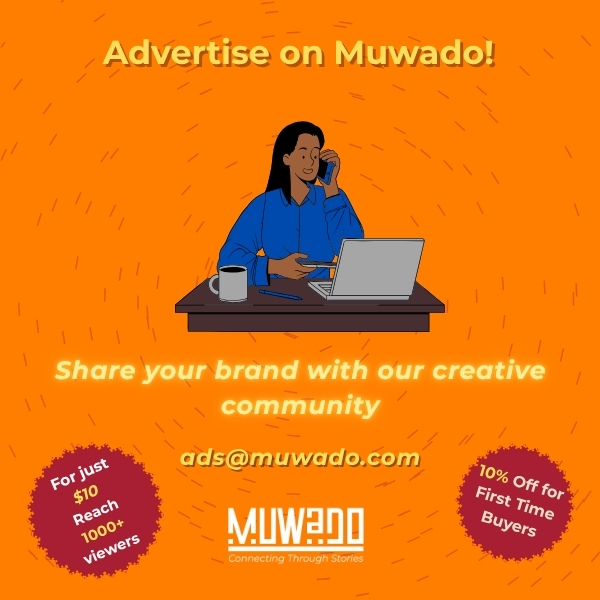It’s not an easy sell to raise funds for building an Arts Centre in Africa where according to the current rules of financial engagement, art is the very lowest of priorities. According to the people who decide these priorities, art does not create thousands of jobs, or keep people from dying, and it doesn’t “scale up”.
Teesa Bahana used to work in development, so she understands where this mindset comes from, but now that she has worked in Arts and Culture, she has repeatedly seen how much Ugandan society misses out on when we push Art to the side.

Artists make us constantly question how we see the world. Sometimes, they help us imagine a new one. As an arts Centre (32° East Ugandan Arts Trust), one of our greatest legacies is our residency programme. During a residency an artist will come for a few months, be given a studio, living expenses, a modest materials budget, and access to our community and our library of contemporary African art.
The only expectation of our artists is that they make the most of this time. No pressure to make work for a grand exhibition, or an established market — just come and try new things. Explore, experiment, fail and try again. No one has to prove anything, just share the experience with others during an open studio at the end of the residency. This is especially powerful in Uganda, where artists are constantly receiving the message from the government — at school and in their own homes — that art does not matter.
Even when art is clearly, and measurably, bringing in thousands of jobs and millions of dollars to the region — through events such as the Sauti za Busara music festival in Zanzibar and Uganda’s Nyege Nyege festival — organizers still need to hunt hard continually for funding. Lawmakers in East Africa keep introducing bills to tax digital content creators; Uganda’s president is on record as saying Arts courses are useless.
As an artist in Uganda, your family won’t stop sending you job applications to work at the local bank. So for creative people to have a space where they can meet and connect with others who may or may not be like-minded, where differences are met with curiosity, is a rare and valuable thing.
So how do you raise funds for An arts Centre in such a climate? Our dream is not to rely on the current funding paradigms at all, but through the Centre, generate our own income to feed back into our programming. But we have to first build the Centre, and any African organization asking partners for money needs to fit into a particular narrative.
We are often eligible for grants because of our status as a non-profit organization in a developing country and yet none of these grants engage critically with the very notion of what development even means. I have read many promising funders’ stipulations only to get to the fine print that says, “we don’t fund projects whose primary aim is the institutional development of the organization itself” or “we don’t fund infrastructure or capital projects”.

The message here is that if we want the money, we should fit the mold they have made. If partners want to scale up, find a programme that works with 1,000 artists in a year. If they want job creation, we “provide capacity building to self-employed creatives up skilling them to thrive and grow the creative economy”.
Development for whom, according to whom, into what, and at what cost?
Uganda grants sugar companies license to clear mature forests on the one hand, while receiving million-dollar loans to plant forests with the other. Artists draw the connections between these issues in a way that policy does not. Through art, pressing issues such as development, racism, the climate crisis & gender equality rights are confronted in ways that lead to assumptions being questioned.
The art world is by no means a utopia and can be problematic, cynical and harmful too, but it is one of the few areas where we collectively engage with what utopia even means.
People say that now is the time to reimagine new structures but there remains no investment in that imagination. Yes, we need more hospitals, more jobs and better roads, and we also need to prioritize alternative ways of doing and of being. That is art.

Ugandan imaginations and African imaginations are worth investing in.
Teesa Bahana is the director of 32° East Ugandan Arts Trust.
This post was created with our nice and easy submission form. Create your post!






